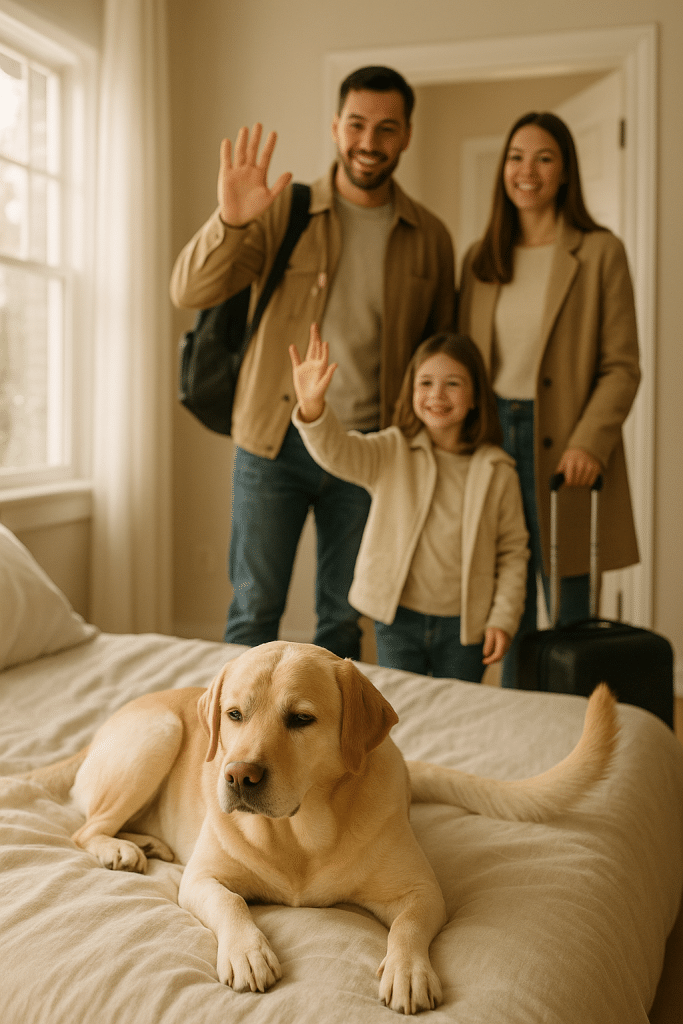Separation anxiety in dogs can be a heartbreaking challenge for pet owners and families alike. If you’ve ever left your furry friend at home only to return to chewed furniture, incessant barking, or signs of distress, you know how stressful it can be—not just for your dog, but for you as well. Understanding separation anxiety in dogs is crucial because it affects their emotional well-being and your household harmony. In this article, I’ll walk you through everything you need to know about separation anxiety—from recognizing its symptoms to selecting breeds less prone to it, and from prevention strategies to effective management techniques, including behavioral training and calming aids.
Whether you’re welcoming a new puppy or adopting a rescue dog, learning to manage separation anxiety is essential for creating a happy, healthy environment for your companion. We’ll dive into breed considerations, practical training tips, and holistic approaches too. So, if you’ve been wondering how to treat separation anxiety in dogs at home or looking for the best breed choices for families concerned about this condition, you’ve come to the right place. Let’s get started by understanding what separation anxiety really means in the canine world.
Understanding Separation Anxiety in Dogs
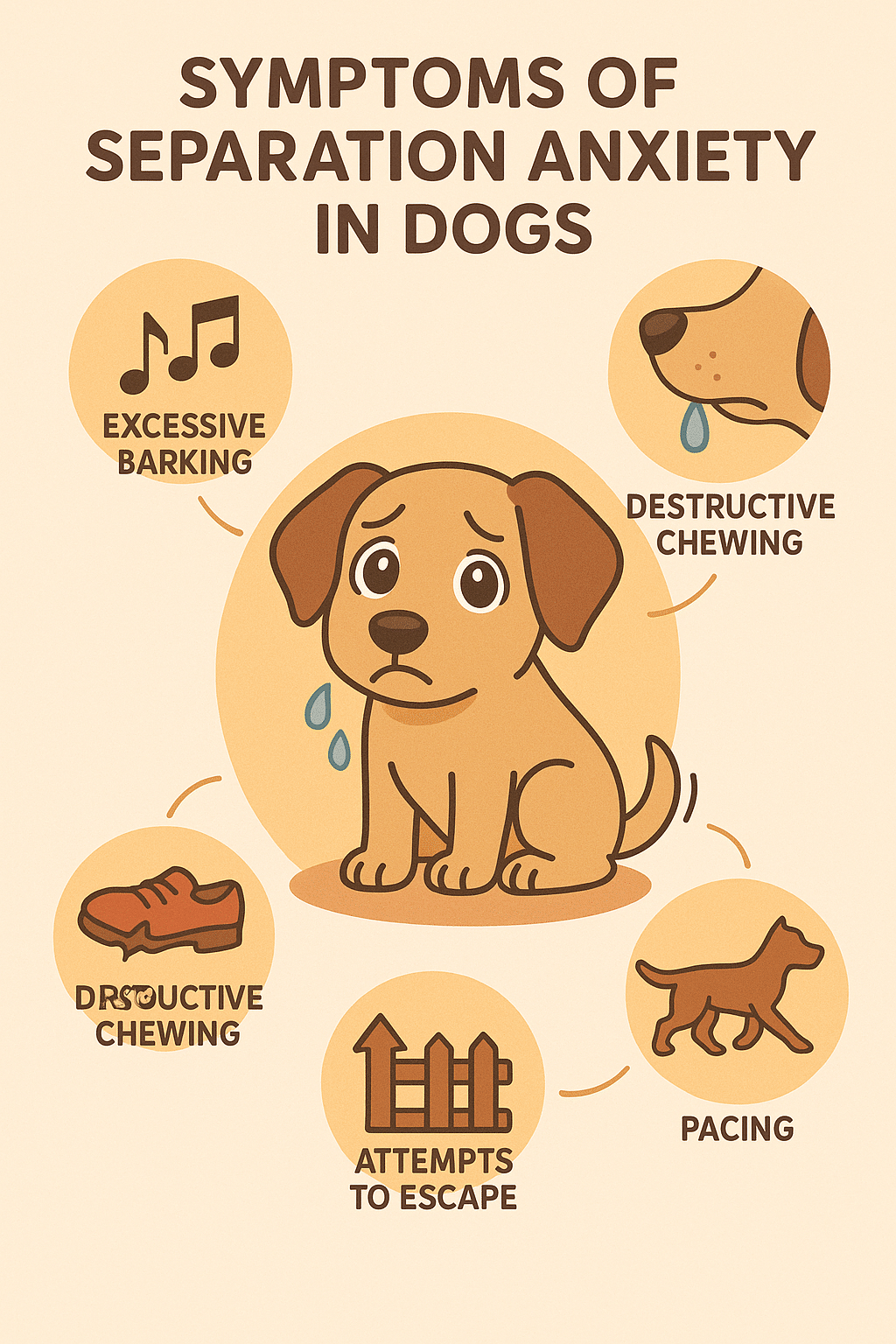
What Is Separation Anxiety?
At its core, separation anxiety in dogs is a behavioral disorder characterized by intense distress when a dog is left alone or separated from their primary caregivers. Unlike simple boredom or disobedience, this anxiety is rooted in a deep fear of abandonment or isolation. Dogs experiencing separation anxiety may exhibit extreme behaviors that go beyond typical signs of missing their owner.
Think of your dog as someone who depends heavily on your presence not just for companionship, but as their emotional anchor. When this anchor disappears, some dogs panic, showing signs that are both emotional and physical. This condition, if left unmanaged, can lead to lasting behavioral issues and can severely impact the dog’s quality of life and your home’s environment.
Common Signs and Symptoms in Dogs
Separation anxiety manifests through various telltale signs, which generally intensify when the dog knows you’re about to leave or the moment you step out.
Vocalization and Excessive Barking
Barking, howling, or whining is often the most obvious symptom. For example, a dog might start barking immediately after the owner leaves and continue non-stop for long periods. This vocalization is not just noise; it’s a plea for company and a sign of distress.
Destructive Chewing and House Soiling
Dogs with separation anxiety may chew on furniture, doors, or even walls destructively. This destructive behavior often stems from frustration and panic rather than boredom. Additionally, inappropriate urination or defecation—even in dogs that are normally well-trained—can be a result of severe anxiety.
Pacing, Panting, and Physical Stress Indicators
Some dogs pace back and forth, pant excessively, drool, or exhibit signs of physical stress like shaking. These behaviors correlate with the intensity of the dog’s inner turmoil and are often accompanied by attempts to escape the confined area or leash.
Causes and Triggers of Separation Anxiety
Understanding what causes separation anxiety can help us prevent and manage this condition better.
Genetic Predispositions and Breed Vulnerability
While any dog can develop separation anxiety, certain breeds show a higher tendency due to their genetic makeup and temperament. Breeds that are naturally more sensitive or highly attached to their families—like Border Collies, German Shepherds, or Labrador Retrievers—may be more susceptible. Studies reveal that herding and sporting breeds often have elevated anxiety levels when left alone for long durations.
Environmental Changes and Routine Disruptions
Sudden changes such as moving homes, a new family member, the loss of a companion pet, or altered daily schedules can trigger or worsen anxiety. For instance, dogs accustomed to constant human presence might panic if the owner suddenly starts leaving for work earlier or travel becomes frequent.
Rescue and Adoption-related Anxiety Factors
Dogs rescued from shelters or abusive environments often have heightened anxiety, stemming from past trauma and instability. Adopted dogs may face challenges adjusting to new routines, making separation anxiety in rescue dogs and adopted pets a common concern.
Identifying Dog Breeds Less Prone to Separation Anxiety
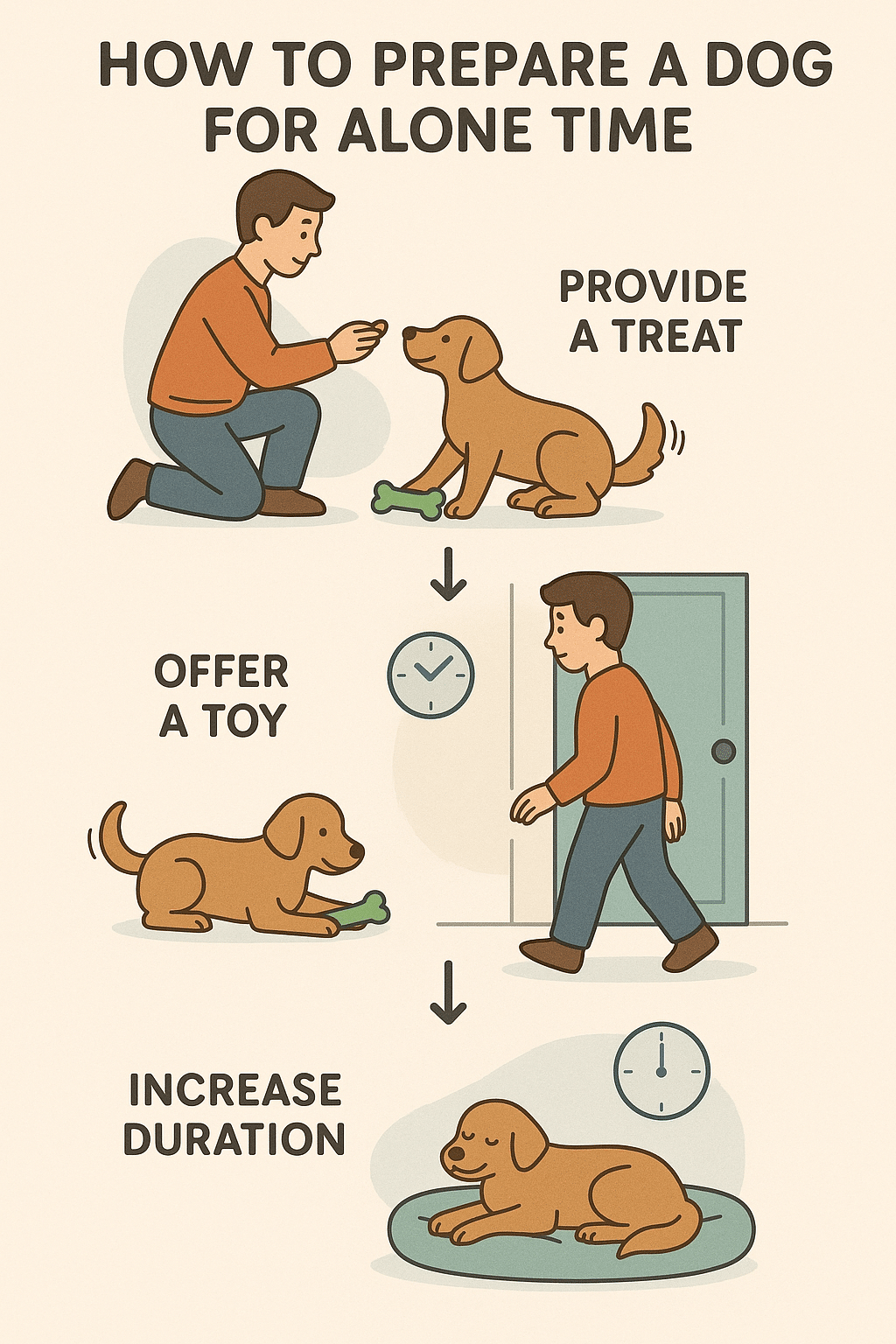
Breed Traits That Influence Anxiety Levels
Certain breeds have characteristics that can shield them from intense separation anxiety. These traits include independence, moderate attachment to owners, and adaptable temperaments. Breeds like the Basset Hound, Greyhound, or Scottish Terrier tend to cope better when left alone for moderate periods.
For example, Basset Hounds, known for their laid-back nature, often display less stress during absences. Their relaxed personality makes them ideal for families who work regular hours outside the home. In contrast, breeds that crave constant companionship and engagement can struggle more.
Selecting a Breed for Families Concerned About Anxiety
If your family is worried about pet anxiety, choosing the right breed from the start can be a game changer. Consider breeds known for emotional resilience and less sensitivity to solitude.
Breeds such as:
- French Bulldog
- Chow Chow
- Shar Pei
- Basenji
often show calmer responses to alone time. However, individual dog personality and early socialization remain crucial factors, so breed selection is one piece of the puzzle rather than the whole picture.
Case Studies of Breeds with Lower Separation Anxiety Risks
Let’s look at a few families who embraced breeds known for independence:
- The Johnson family adopted a Greyhound named Max who was described as “content and relaxed” during their usual eight-hour workday absences, thanks to his calm disposition.
- A family of four chose a Shar Pei, which is often described as having a dignified and aloof personality, reducing separation-related stress.
These case studies emphasize the importance of breed traits combined with proactive training.
Proactive Prevention Strategies for Puppies and New Dogs
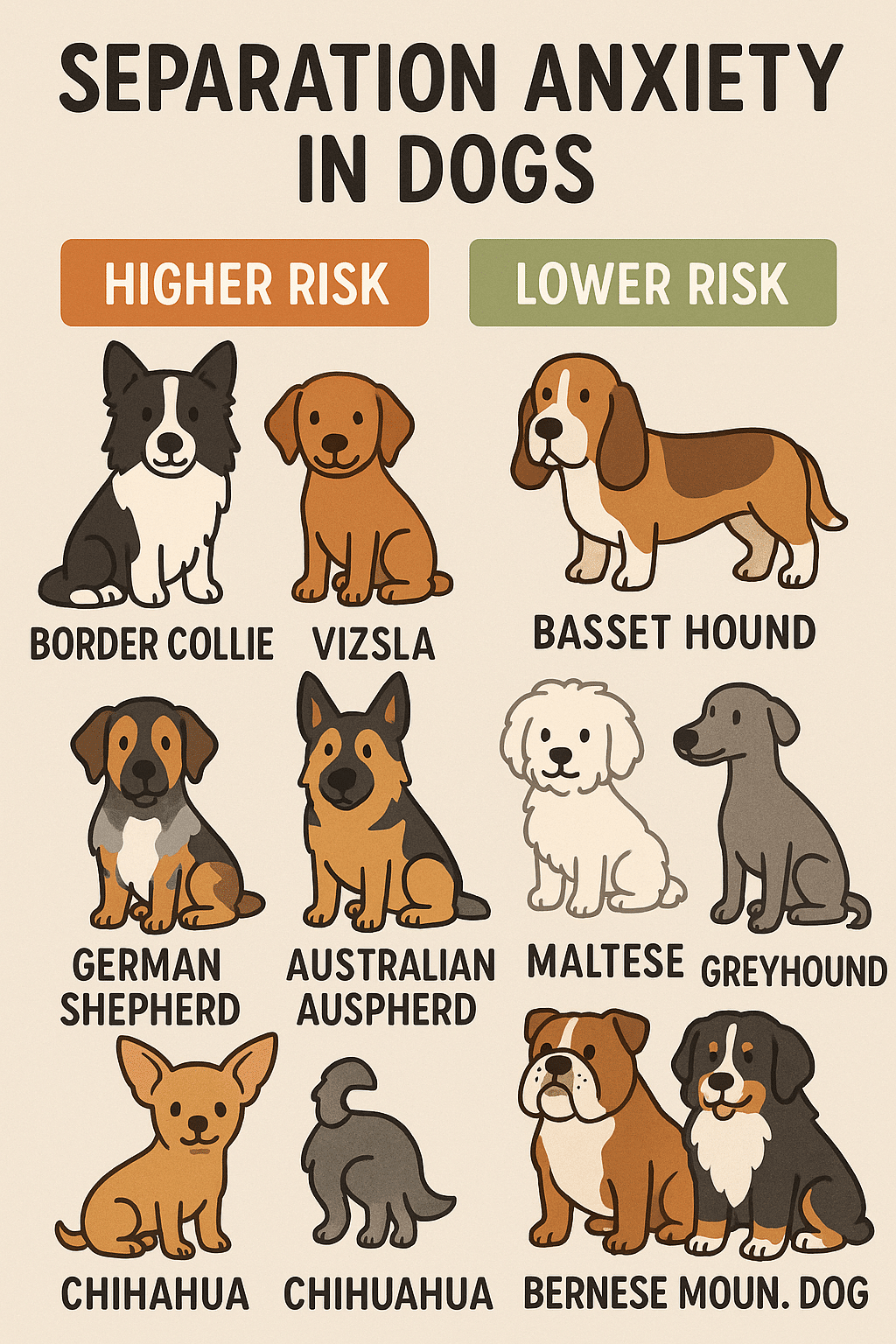
Early Socialization and Puppy Training Classes
From personal experience and expert recommendations, early socialization profoundly influences a dog’s ability to handle separation. Puppy training classes teach not only obedience but also exposure to short alone sessions in a controlled environment. This helps puppies learn that being alone is temporary and safe.
Make sure the puppy’s first experiences with solo time are brief and positive. For example, start with stepping out of the room for just a minute and gradually increase that time over weeks. A well-socialized dog is less likely to develop anxiety disorders.
Gradual Alone-Time Exposure and Desensitization
This method involves slowly increasing the dog’s time alone while associating your departure with calm, positive experiences. Begin by leaving for five minutes, returning calmly, and avoiding dramatic goodbyes or greetings.
Over days or weeks, increase the alone time in small increments. Pair this with engaging toys or calming scents. This gradual desensitization process helps reduce the emotional spike that comes with separation, lessening the separation anxiety and destructive behavior in dogs.
Creating a Safe and Enriching Home Environment
Providing a cozy “den” space where the dog feels secure can reduce anxiety symptoms. This can be a crate or a quiet corner outfitted with favorite blankets and toys. Environmental enrichment like puzzle toys also occupies mental energy positively.
Avoid dramatic departures or returns to keep the dog’s emotional arousal low. Leaving a radio or TV on can help some dogs feel less isolated without turning them into noise addicts.
Behavioral Modification Techniques to Treat Separation Anxiety
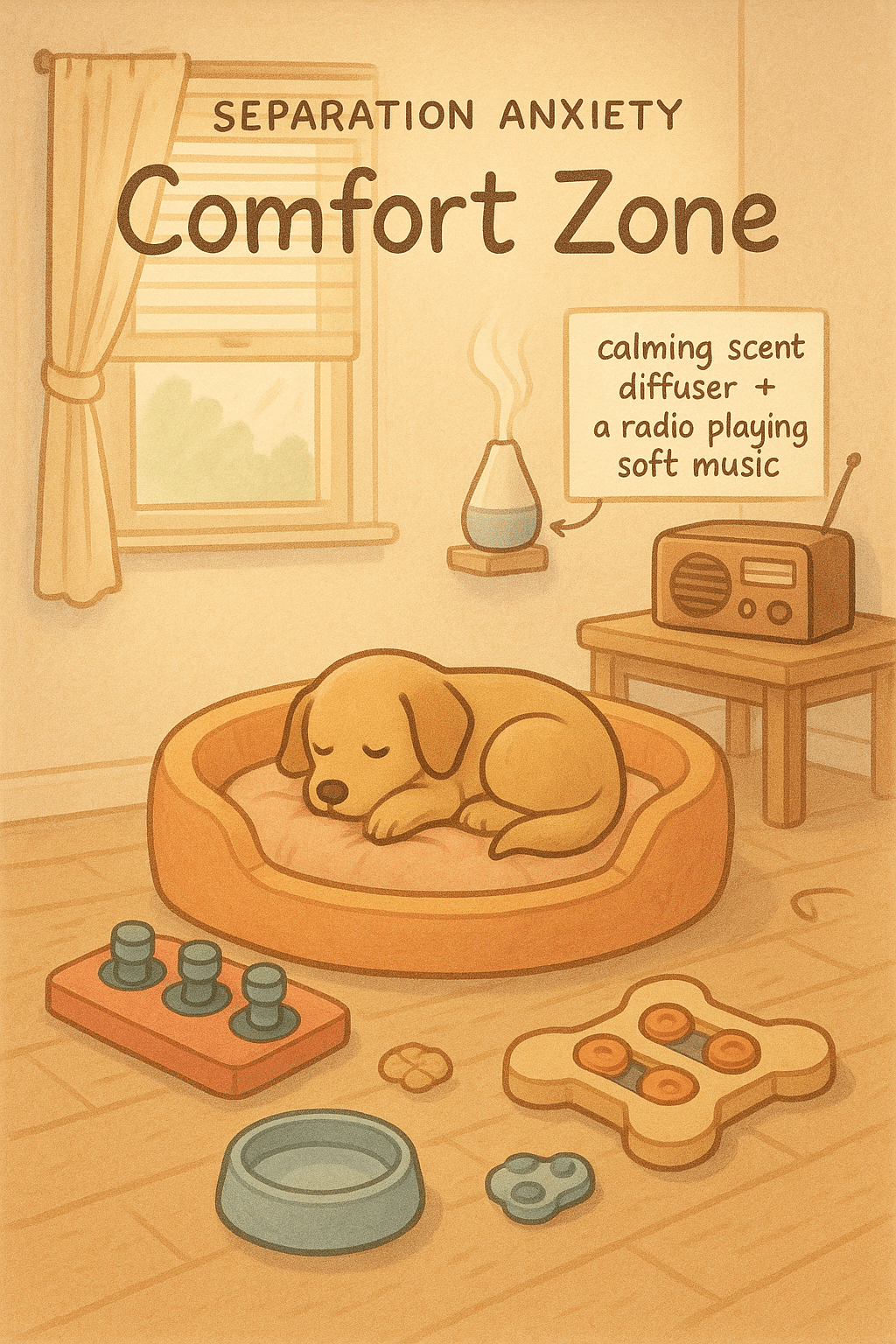
Positive Reinforcement and Reward-based Training
This approach focuses on rewarding calm behavior when the dog is alone or relaxed during departures. For example, when your dog remains quiet or relaxed while you prepare to leave, immediately reward with a treat or praise. Avoid punishment because it worsens anxiety.
Training exercises that build confidence—such as basic commands and tricks—also help. Confident dogs cope better with potentially stressful situations like being left alone.
Crate Training as a Calming and Safe Space
Crate training is often misunderstood but can be highly effective for separation anxiety if done correctly. The crate becomes a sanctuary where the dog feels safe.
Build positive associations by feeding meals in the crate and giving treats only in there. Ensure it’s comfortably sized—not too large or small—and never use it for punishment. For many dogs, the crate mimics a den, reducing stress during absences and serving as a containment area to prevent destructive behaviors.
Systematic Desensitization and Counterconditioning Explained
Systematic desensitization exposes the dog to the anxiety trigger—in this case, your departure—starting at a very low intensity and gradually increasing it with positive associations. Counterconditioning pairs anxiety-inducing situations with positive stimuli to change the dog’s emotional response.
For instance, if your dog gets nervous when you pick up your keys, practice picking them up gently without leaving, then reward calmness. Over time, combine this with actual brief departures.
Using Calming Aids and Natural Remedies Effectively
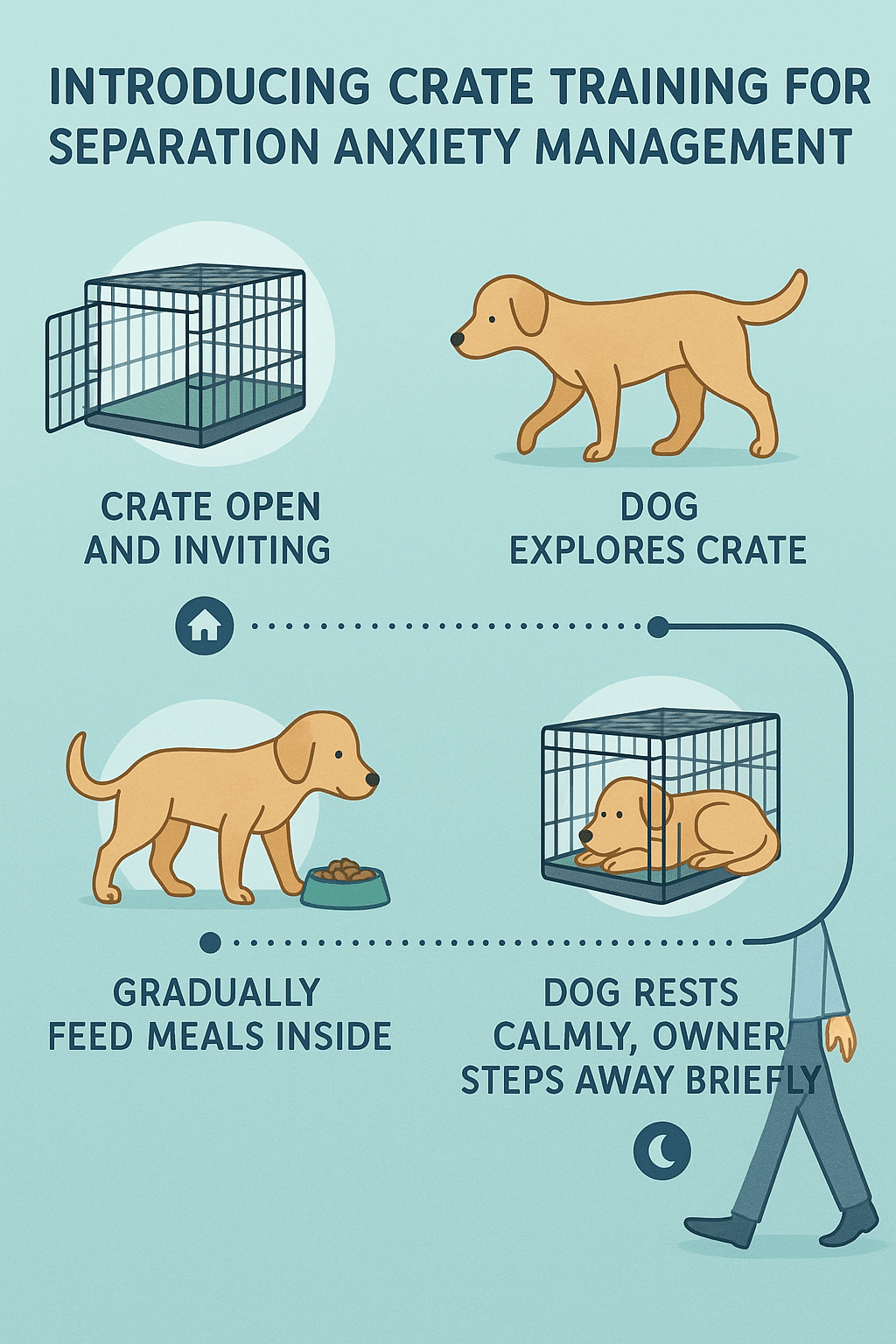
Dog Calming Supplements and Pheromone Products
Natural supplements—like those containing L-theanine, valerian root, or chamomile—can help reduce mild anxiety when used correctly. Products such as Adaptil, which mimic calming pheromones, are popular and scientifically supported for easing stress.
It’s essential to use these aids as part of an overall strategy rather than relying on them solely. Always check with your veterinarian before introducing supplements, especially if your dog is on medications.
Environmental Enrichment and Mental Stimulation Tools
Mental stimulation helps keep a dog’s mind busy, reducing anxiety-related behaviors. Toys like treat-dispensing puzzles or interactive games encourage problem-solving and are excellent distractions.
Incorporate regular playtime and training sessions to maintain your dog’s mental fitness. A tired brain is a relaxed brain!
Safely Integrating Calming Aids into Training Plans
Combining behavioral therapy with calming aids improves success. For example, pairing pheromone collars or diffusers with crate training or desensitization exercises can help a dog feel secure while learning new coping skills.
However, avoid over-reliance—your goal is to teach the dog to adapt, not just to “mask” anxiety symptoms temporarily.
How Family Routines and Interaction Affect Canine Anxiety
Consistency in Daily Schedules to Reduce Stress
Dogs thrive on routine. Predictable feeding, walk, play, and rest times provide structure and security. Sudden changes in daily schedules can upset their emotional balance.
Making sure everyone in the family follows similar routines reduces confusion and helps the dog anticipate times when you will and won’t be around.
Managing Attention Levels to Prevent Overdependency
It’s easy to unintentionally reinforce anxious behaviors by giving extra attention during moments of distress. Teaching your dog to relax independently without always rushing to comfort prevents overdependency.
Encourage independent play and rest without constant human intervention. This balance supports emotional resilience.
The Impact of Owner Anxiety on Dogs’ Emotional Health
Dogs read our emotions incredibly well. If you’re anxious about leaving or anticipate separation trouble, your dog will likely pick up on those cues.
Practice calm departures and arrivals, maintaining a relaxed energy to set the tone. Remember, your emotional state can either fuel or quell your dog’s anxiety.
When to Seek Veterinary and Professional Behavioral Help
Recognizing Severe Anxiety and Medical Concerns
If your dog’s anxiety leads to self-injury, extreme panting, loss of appetite, or persistent destructive behaviors despite your efforts, it might be time for professional help. Medical issues like thyroid imbalance or neurological disorders can sometimes underlie anxiety symptoms, so a vet check is essential.
Role of Veterinary Behaviorists and Therapy Options
Veterinary behaviorists specialize in complex cases and can develop customized treatment plans. These may include behavior modification, medication, or both.
Therapy options such as cognitive-behavioral therapy adapted for dogs may be recommended for long-term improvement.
Combining Medical Treatments with Behavior Training
Medications like SSRIs or anti-anxiety drugs, when prescribed by a vet, can regulate the dog’s mood and support training progress. Combining these with systematic desensitization and positive reinforcement creates the best outcomes for severe separation anxiety.
Long-term Management and Monitoring of Separation Anxiety
Tracking Progress and Adjusting Approaches Over Time
Keeping a journal of your dog’s behaviors, triggers, and responses helps evaluate what works. Celebrate small victories and adjust techniques as needed.
For example, if destruction decreases but vocalizing persists, you may emphasize mental stimulation or crate training more.
Incorporating Regular Exercise and Social Interaction
Physical exercise reduces excess energy that can turn into anxiety. Regular socialization with other dogs or humans boosts confidence and emotional balance.
Even simple daily walks or play sessions improve mood and coping ability.
Leveraging Technology for Remote Monitoring and Interaction
Innovative tools like pet cameras with two-way audio allow you to monitor and soothe your dog remotely. Some devices let you dispense treats or speak to your dog, providing reassurance during absences.
These technologies are great supplements but don’t replace training or environmental enrichment.
Unique Perspectives: The Role of Family Dynamics in Anxiety Development
Understanding How Family Communication Styles Affect Dogs
The way family members interact and communicate influences a dog’s emotional climate. Families that are calm, consistent, and supportive tend to foster dogs with lower anxiety.
Open family discussions about training approaches and who handles duties promote consistency that dogs need.
Empowering Families to Foster Emotional Resilience in Dogs
Teaching families about canine body language and stress signals arms them to be proactive. Using techniques like rewarding independent behavior and creating enriching routines empowers everyone in the household to support the dog.
Integrating Animal-Assisted Therapy and Multispecies Interaction
Some families successfully integrate animal-assisted therapy or interactions with other pets (cats, rabbits) to develop a supportive network that reduces anxiety.
These multispecies bonds offer additional emotional outlets for dogs prone to isolation stress.
FAQs About Separation Anxiety in Dogs
Q1: How to treat separation anxiety in dogs at home?
A1: Start with gradual alone-time exposure, crate training, and positive reinforcement. Use enrichment toys and maintain consistent routines. Consider calming supplements if appropriate, and consult veterinarians for severe cases.
Q2: What are the best dog breeds less prone to separation anxiety?
A2: Breeds like Basset Hounds, Greyhounds, and Shar Peis often cope better with alone time due to their independent natures. However, temperament varies, so early training is key regardless of breed.
Q3: How long does separation anxiety last in dogs?
A3: Duration varies—mild cases can improve within weeks with training, while severe cases may persist for months and require veterinary intervention.
Q4: What are effective training techniques for dogs with separation anxiety?
A4: Positive reinforcement, systematic desensitization paired with counterconditioning, and crate training are highly effective. Avoid punishment and focus on building confidence and security.
Q5: When should I seek veterinary help for separation anxiety?
A5: If your dog shows persistent destructive behavior, self-injury, loss of appetite, or no improvement despite training, consult a vet or behaviorist for medical assessment and possible medication.
Quick Takeaways
- Separation anxiety in dogs is a serious emotional disorder that needs attention and care.
- Breeds with independent traits generally show lower anxiety risks, but individual socialization is crucial.
- Early training using gradual alone-time exposure and positive reinforcement prevents anxiety from developing.
- Behavioral modification combined with calming aids offers the best treatment outcomes.
- Family routines, emotional consistency, and owner calmness help reduce canine anxiety.
- Professional help is essential for severe cases, often requiring combined therapy and medication.
- Long-term success involves monitoring, exercise, socialization, and sometimes technology.
Conclusion
Managing separation anxiety in dogs is no small feat, but with dedication, the right tools, and knowledge, it’s absolutely achievable. As someone who’s worked closely with many pet owners and families, I’ve seen firsthand how understanding your dog’s emotional needs can transform their behavior and your living environment. From selecting breeds less predisposed to anxiety, through methodical training strategies and calming aids, to embracing family routines that promote security—every step builds a happier, healthier bond between you and your dog.
Don’t hesitate to implement these approaches and reach out for professional guidance if needed. Your dog’s peace of mind and your family’s harmony are well worth the investment. So next time you prepare to leave the house, remember: with the right preparation and care, your dog can feel safe and secure, even when you’re away.
Ready to take control of separation anxiety in your dog? Start today with small, consistent changes and watch your furry friend flourish.

